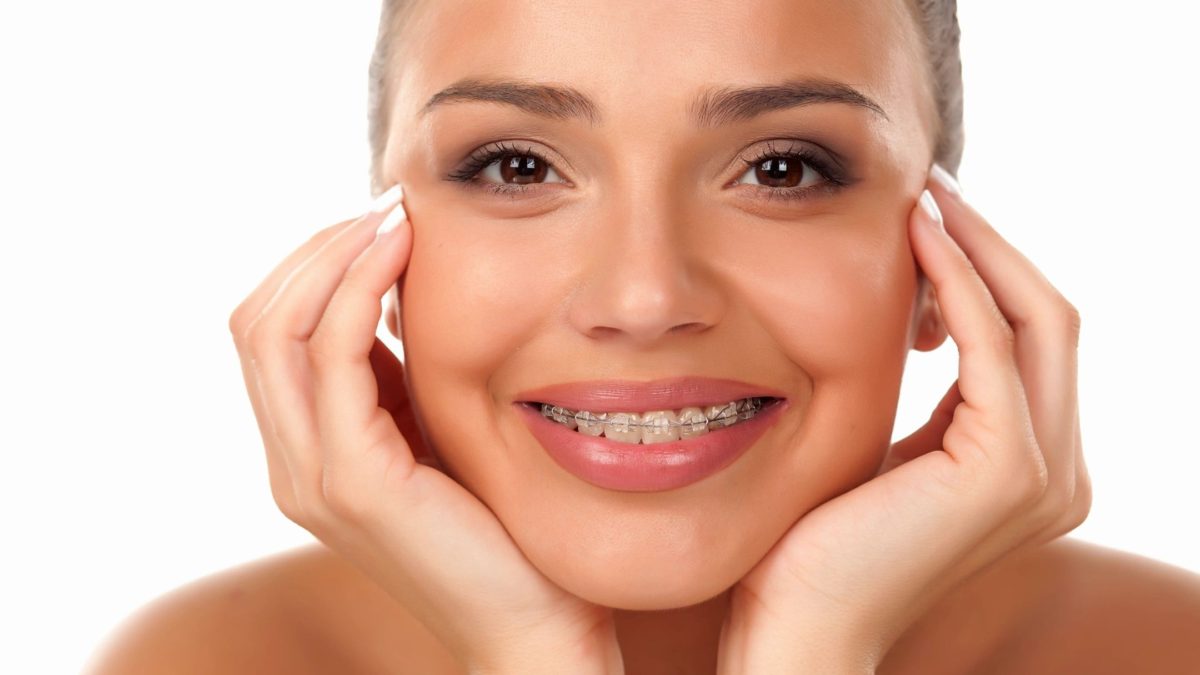Traditional Vs. Clear Braces: Which one is Right for You?
The emergence of clear braces has opened up the world of teeth straightening to adults that always wanted to get their teeth straightened, but worried about the stigma of being a “grownup with braces”. Once thought of as a pre-teen and teen only thing, braces can now be worn comfortably and almost invisibly by people of any age. For this reason, clear braces like Invisalign are hugely popular and one of the most sought-after services that patients ask for, according to dentists.
If you’re considering clear braces for yourself or your child, you might like to compare the pros and cons before deciding on the right product. Below, we’ve listed a quick guide to clear braces and their traditional counterparts to help you make an informed decision.

How Do Clear Braces Differ from Traditional in Appearance?
Well, first there’s the obvious difference: traditional braces are usually silver (or occasionally come in other colors), and are completely visible in the mouth at all times.
Beyond that, traditional braces are quite different than their clear counterparts. Made of metal, they are a semi-permanent fixture in the mouth, bonded to the teeth via brackets and cannot be easily removed. Most metal braces are silver or gray, though you can choose accessories and accompaniments such as bands and brackets in different colors.
Clear braces are not invisible – this is a common misconception. Both ceramic clear braces and plastic clear braces like Invisalign are visible in the teeth – they are just less noticeable because they are clear. Both of these types can be taken out of the mouth as well.
How Long Do You Have to Wear Them?
Metal braces on average take less than a year, and in rare cases up to 24 months (two years) to straighten the teeth fully. While that seems like a long time, clear braces such as Invisalign and ceramic varieties actually sometimes take longer. Naturally, how long your braces take to correct your teeth depend on a variety of factors, including how much work was needed when you initially got braces. You should expect that your clear braces can take as much as a year longer than metal braces, however.
How Do the Costs Compare?
The average set of metal braces costs anywhere from $3,000-$4,000, depending on the severity of the issue that needs correcting and the type of metal braces you purchase.
Clear ceramic braces cost around $4,000-$8,000, with Invisalign generally costing between $3,000-$8,000.
While at first blush, metal braces are significantly cheaper, there are other considerations to take into account, such as the associated costs involved – metal braces often take more maintenance, which means more orthodontist visits, the retainer you’ll eventually buy, and so on. This can add up to more money in the long run. Speak to your dentist to get a breakdown of costs.
Which is Most Comfortable?
Of the three types of braces we’ve outlined; metal, ceramic and Invisalign – Invisalign is by far the most comfortable. Because they are made of plastic, can be taken out at will, and allow the wearer to eat whatever foods they wish, these are by far the easiest to wear long-term. Both metal and ceramic braces can cause discomfort and even pain and bleeding, and metal braces cannot be removed when causing discomfort. This is one of the main reasons that so many people are flocking to clear braces.
Which is Most Durable?
Metal braces are the most durable; they simply don’t break the way the other types do.
As far as clear braces go, Invisalign is more durable than ceramic, which can crack and break rather easily.
Which Should I Choose?
Choosing your braces is a personal decision based on your own needs, budget and specifications. If you’re looking for something that can straighten your teeth quickly and efficiently, is significantly cheaper and more durable, then metal braces may be your best bet.
If you’d rather have something more discreet, with a degree of autonomy, where you’re able to take them out and eat what you like, and comfort is also important to you, spending a little extra on Invisalign may be your best bet. Especially for those who don’t need a large degree of extensive straightening, clear braces are a great choice. Ceramic braces are a good second choice for clear braces, but in terms of durability and comfort, Invisalign wins the race.
Book an appointment with your dentist or orthodontist today to figure out which type of braces are right for you.















